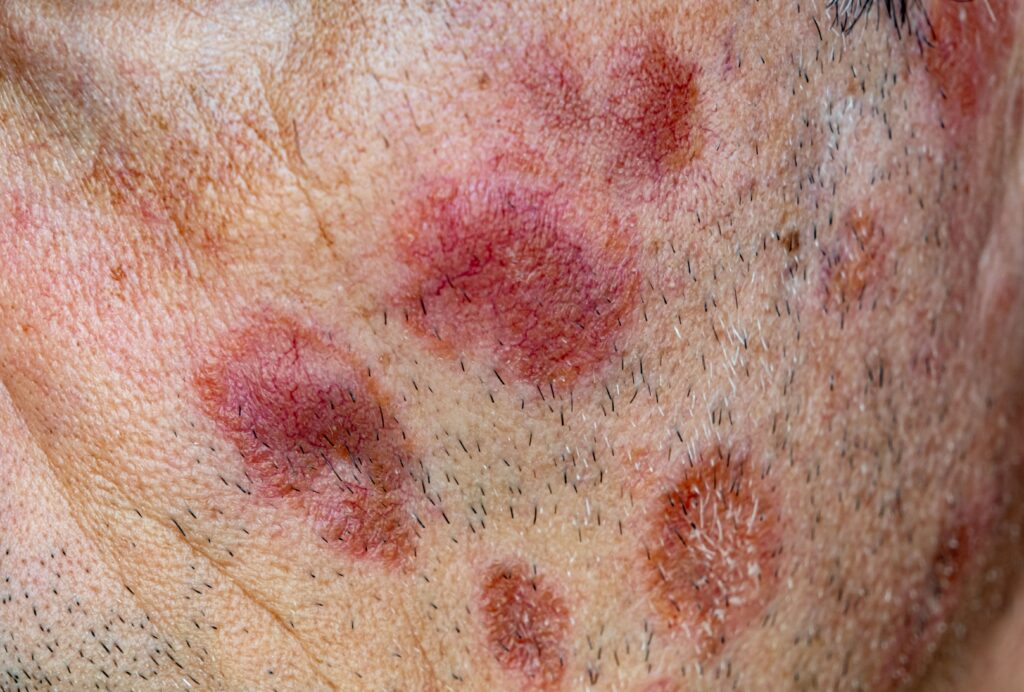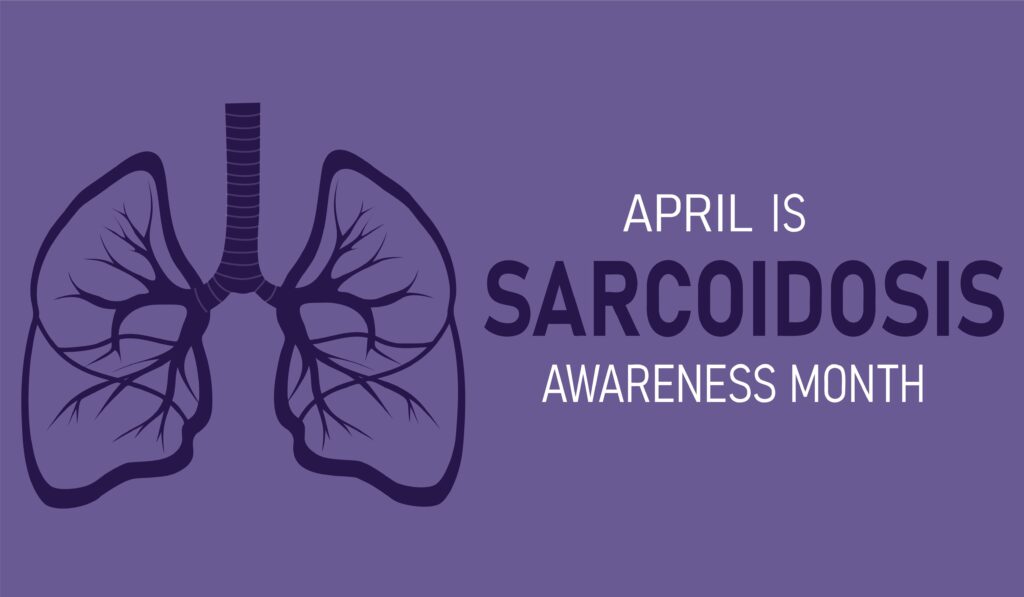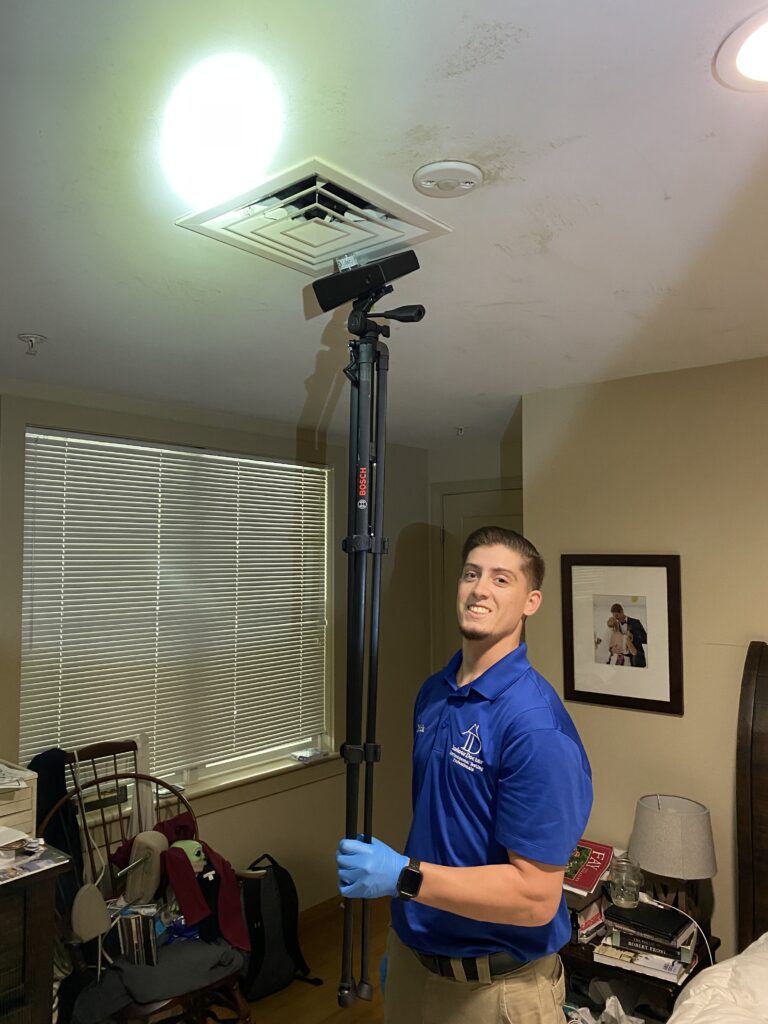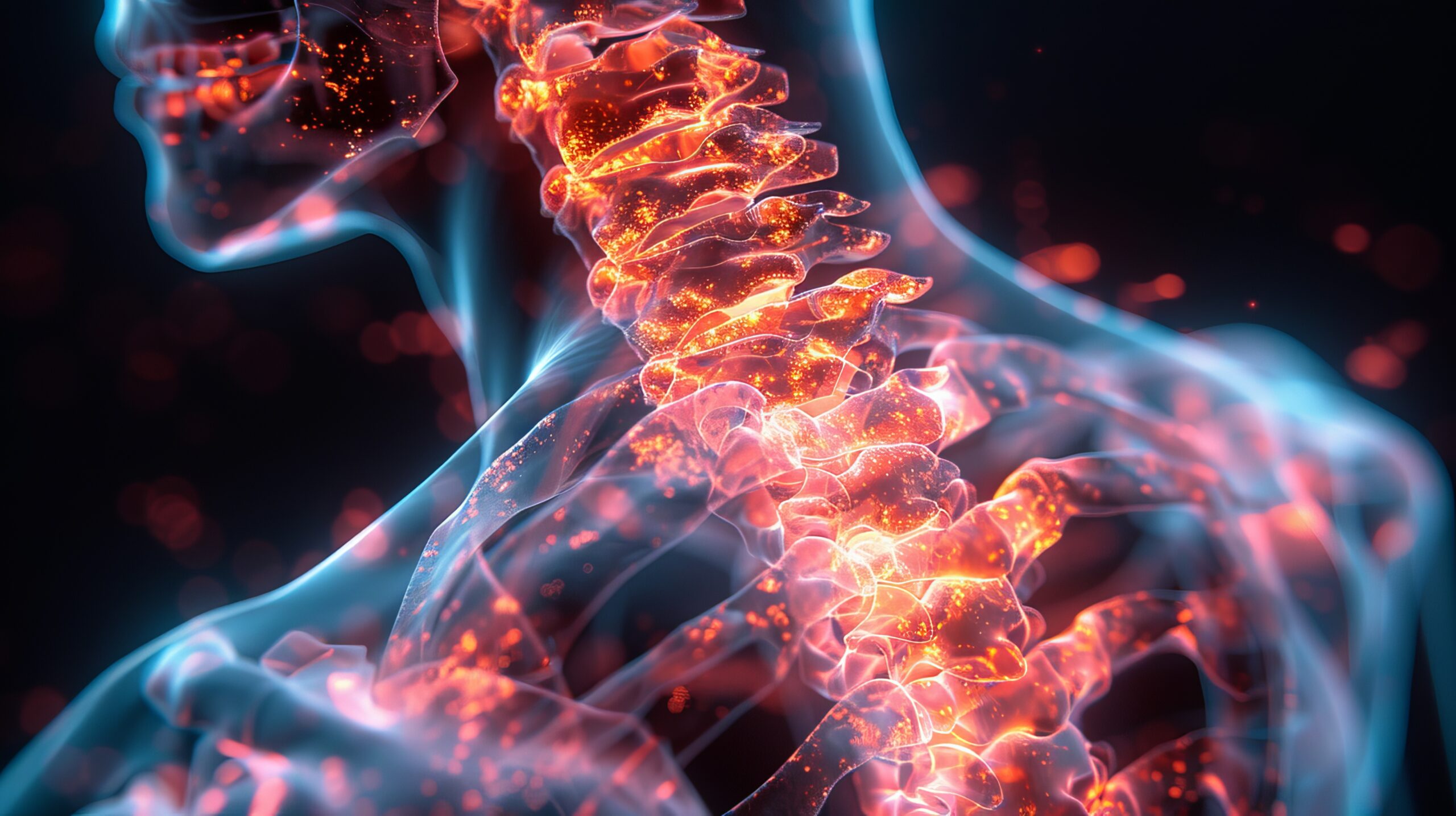Sarcoidosis is an enigmatic inflammatory disease characterized by the formation of granulomas, tiny clumps of inflammatory cells, in various organs, most commonly the lungs. The exact cause of sarcoidosis remains elusive, but environmental factors, including mold exposure, are suspected to play a role in its onset and exacerbation. This blog will delve into the nature of sarcoidosis, explore the potential connection between moldy environments and the condition, and emphasize the importance of routine mold testing and proper remediation.
Understanding Sarcoidosis

What is Sarcoidosis?
Sarcoidosis is a systemic inflammatory disease that can affect any organ in the body. It is most commonly diagnosed in the lungs, but it can also impact the lymph nodes, skin, eyes, and other organs. The hallmark of sarcoidosis is the formation of granulomas—clusters of immune cells that form as a response to an unknown trigger.
Symptoms of Sarcoidosis
The symptoms of sarcoidosis vary widely depending on the organs affected. Common symptoms include:
- Lungs: Persistent dry cough, shortness of breath, wheezing, and chest pain.
- Lymph Nodes: Enlarged lymph nodes, particularly in the neck and chest.
- Skin: Reddish, tender bumps, usually on the shins (erythema nodosum), and other skin lesions.
- Eyes: Blurred vision, eye pain, severe redness, and light sensitivity.
- General Symptoms: Fatigue, fever, weight loss, and night sweats.
Diagnosis and Treatment
Diagnosing sarcoidosis often involves a combination of medical history, physical examination, imaging tests (such as chest X-rays or CT scans), and biopsies of affected tissues. Blood tests can also help identify markers of inflammation.
Treatment for sarcoidosis depends on the severity and extent of the disease. Mild cases may not require treatment and can resolve on their own. More severe cases are typically treated with:
- Corticosteroids: These are the most common medications used to reduce inflammation.
- Immunosuppressive Drugs: Medications like methotrexate or azathioprine may be used to manage symptoms.
- Antimalarial Drugs: Hydroxychloroquine can be helpful, particularly for skin and joint symptoms.
Mold: A Potential Environmental Trigger

What is Mold?
Mold is a type of fungus that grows in multicellular filaments called hyphae. It thrives in damp, warm, and humid environments and reproduces through tiny spores that travel through the air. Common indoor molds include Aspergillus, Penicillium, and Stachybotrys (black mold).
Health Implications of Mold Exposure
Exposure to mold can lead to a variety of health problems, especially for individuals with allergies, asthma, or weakened immune systems. Symptoms of mold exposure can include:
- Respiratory Issues: Coughing, wheezing, shortness of breath, and asthma attacks.
- Allergic Reactions: Sneezing, runny nose, red eyes, and skin rashes.
- Infections: Certain molds can cause infections, particularly in immunocompromised individuals.
- Toxic Effects: Some molds produce mycotoxins, which can have severe health effects when inhaled, ingested, or through skin contact.
The Connection Between Moldy Environments and Sarcoidosis
The Moldy Hypothesis
While the exact cause of sarcoidosis is unknown, there is growing evidence to suggest that environmental factors, such as mold exposure, may play a role in triggering the disease in genetically susceptible individuals. The hypothesis is that inhalation of mold spores or mycotoxins could induce an abnormal immune response, leading to the formation of granulomas characteristic of sarcoidosis.
Evidence Linking Mold to Sarcoidosis
Several studies and case reports have suggested a potential link between mold exposure and sarcoidosis:
- Occupational Exposure: Individuals working in environments with high mold exposure, such as farmers, horticulturists, and people involved in building renovation, have shown higher incidences of sarcoidosis.
- Residential Exposure: Cases of sarcoidosis have been reported in people living in homes with significant mold infestations, indicating that prolonged exposure to mold in the home environment could be a risk factor.
- Inflammatory Response: Mold spores and mycotoxins can trigger an inflammatory response in the lungs, which may contribute to the development or worsening of sarcoidosis.
How Mold Can Exacerbate Sarcoidosis
For individuals with sarcoidosis, exposure to mold can worsen their condition by:
- Triggering Inflammation: Mold spores can cause inflammation in the lungs, exacerbating respiratory symptoms and potentially leading to more granuloma formation.
- Compromising Immune Response: Mold exposure can weaken the immune system, making it harder for the body to control the inflammatory process associated with sarcoidosis.
- Increasing Susceptibility to Infections: Mold can cause respiratory infections, which can be particularly problematic for individuals with sarcoidosis, as their lungs are already compromised.
The Importance of Routine Mold Testing

Why Routine Mold Testing is Crucial
Routine mold testing in homes and workplaces is essential for identifying and addressing mold infestations before they become significant health hazards. This is especially important for individuals with sarcoidosis or those at risk of developing the condition.
Types of Mold Testing
- Air Quality Testing: Measures the concentration of mold spores in the air, helping to identify indoor air quality issues.
- Surface Testing: Involves taking samples from surfaces suspected of mold contamination, such as walls, ceilings, and floors.
- Bulk Testing: Analyzes samples of building materials or furnishings to identify the presence and type of mold.
Proper Mold Remediation

Steps in Mold Remediation
- Assessment: Conduct a thorough inspection to identify the extent of the mold problem and the sources of moisture.
- Containment: Use containment procedures to prevent the spread of mold spores to unaffected areas. This can include sealing off contaminated areas and using negative air pressure machines.
- Removal: Remove mold-contaminated materials, such as drywall, insulation, and carpets. Clean and disinfect non-porous surfaces using appropriate mold-killing products.
- Drying: Ensure that the affected area is thoroughly dried to prevent future mold growth. This may involve using dehumidifiers and increasing ventilation.
- Repair: Address the source of moisture that caused the mold growth, such as repairing leaks in roofs, walls, or plumbing.
- Verification: Conduct post-remediation testing to ensure that the mold has been successfully removed and that the area is safe for occupancy.
Choosing a Professional Mold Remediation Service
Proper mold remediation requires specialized knowledge and equipment. It is often best to hire a professional mold remediation service that is certified and experienced in dealing with mold infestations. A professional service will:
- Conduct a thorough assessment and testing.
- Use proper containment and removal techniques.
- Ensure that all mold is effectively removed and the area is restored to a safe condition.
- Provide guidance on preventing future mold growth.
Conclusion
The potential connection between moldy environments and sarcoidosis underscores the importance of maintaining a mold-free living and working space. While sarcoidosis is a complex and multifactorial disease, environmental factors such as mold exposure may play a significant role in triggering or exacerbating the condition.
Routine mold testing and proper remediation are essential for preventing mold-related health issues and supporting the well-being of individuals with sarcoidosis. By taking proactive steps to identify and address mold problems, we can create healthier environments and potentially reduce the risk and impact of sarcoidosis.
In summary, understanding the nature of sarcoidosis, recognizing the health risks associated with mold exposure, and implementing effective mold management strategies are crucial for protecting our health and improving the quality of life for those affected by this challenging disease.
References
- National Institutes of Health (NIH)
- “Environmental Factors and Sarcoidosis: Possible Role of Microbial Infections and Mold”
- NIH Environmental Factors in Sarcoidosis
- American Lung Association
- “Sarcoidosis: Causes and Risk Factors”
- American Lung Association Sarcoidosis Causes
- Mayo Clinic
- “Sarcoidosis and Environmental Factors”
- Mayo Clinic Sarcoidosis
- Journal of Environmental and Public Health
- “The Role of Environmental Exposures in the Development of Sarcoidosis”
- Journal of Environmental and Public Health
- European Respiratory Journal
- “Occupational and Environmental Exposures as Risk Factors for Sarcoidosis”
- European Respiratory Journal Sarcoidosis
- American Journal of Respiratory and Critical Care Medicine
- “Potential Role of Mold and Other Environmental Factors in Sarcoidosis”
- American Journal of Respiratory and Critical Care Medicine
- National Organization for Rare Disorders (NORD)
- “Sarcoidosis”
- NORD Sarcoidosis
- World Association of Sarcoidosis and Other Granulomatous Disorders (WASOG)
- “Sarcoidosis and Environmental Exposures”
- WASOG Sarcoidosis




